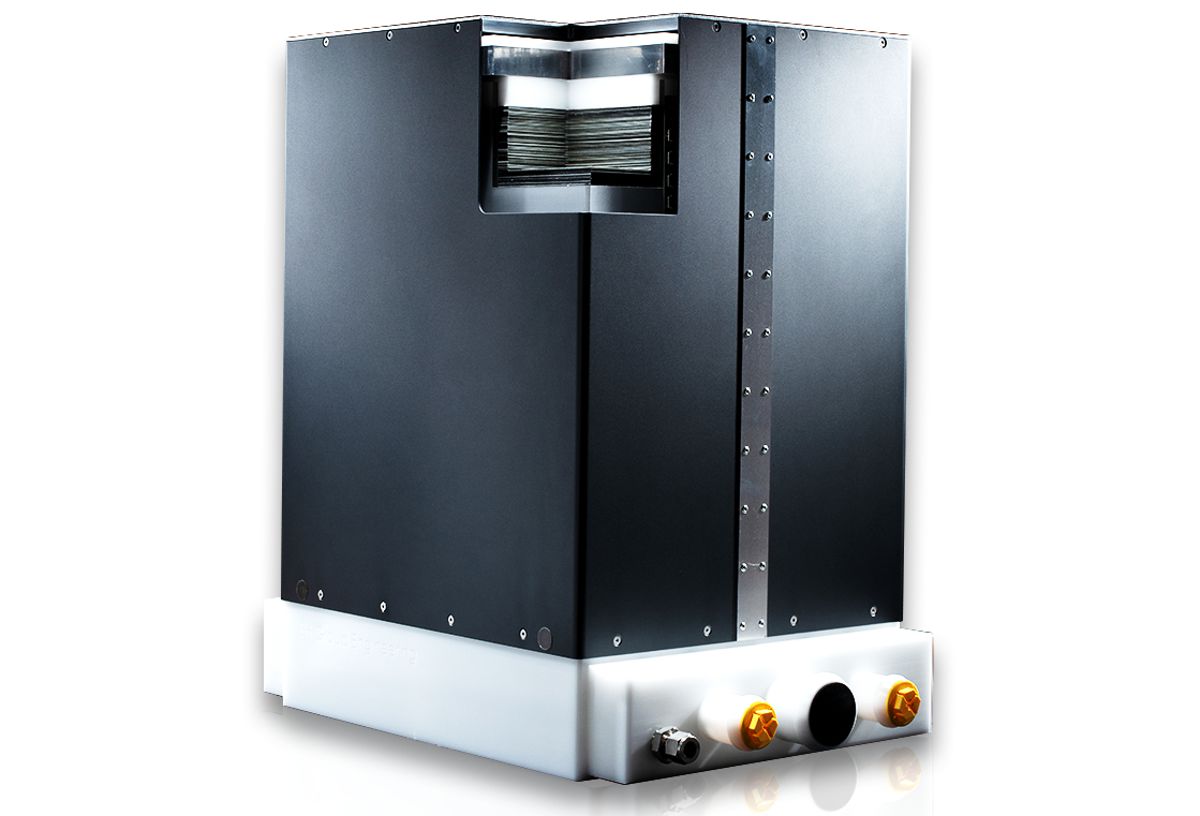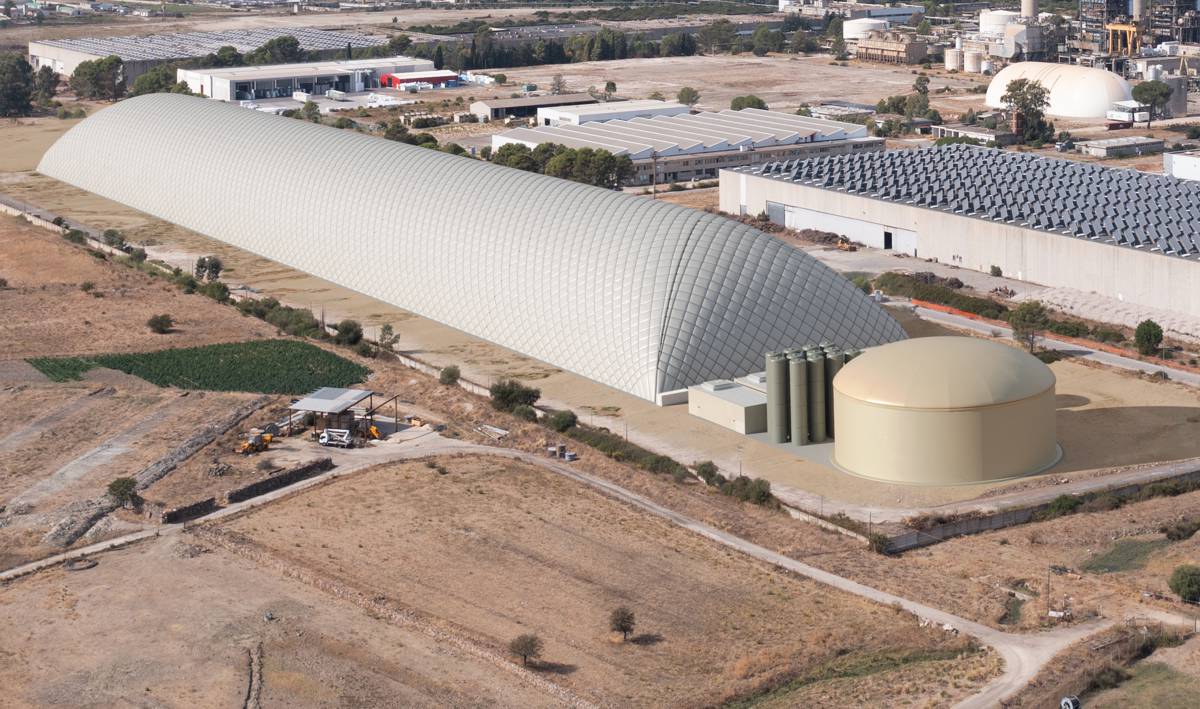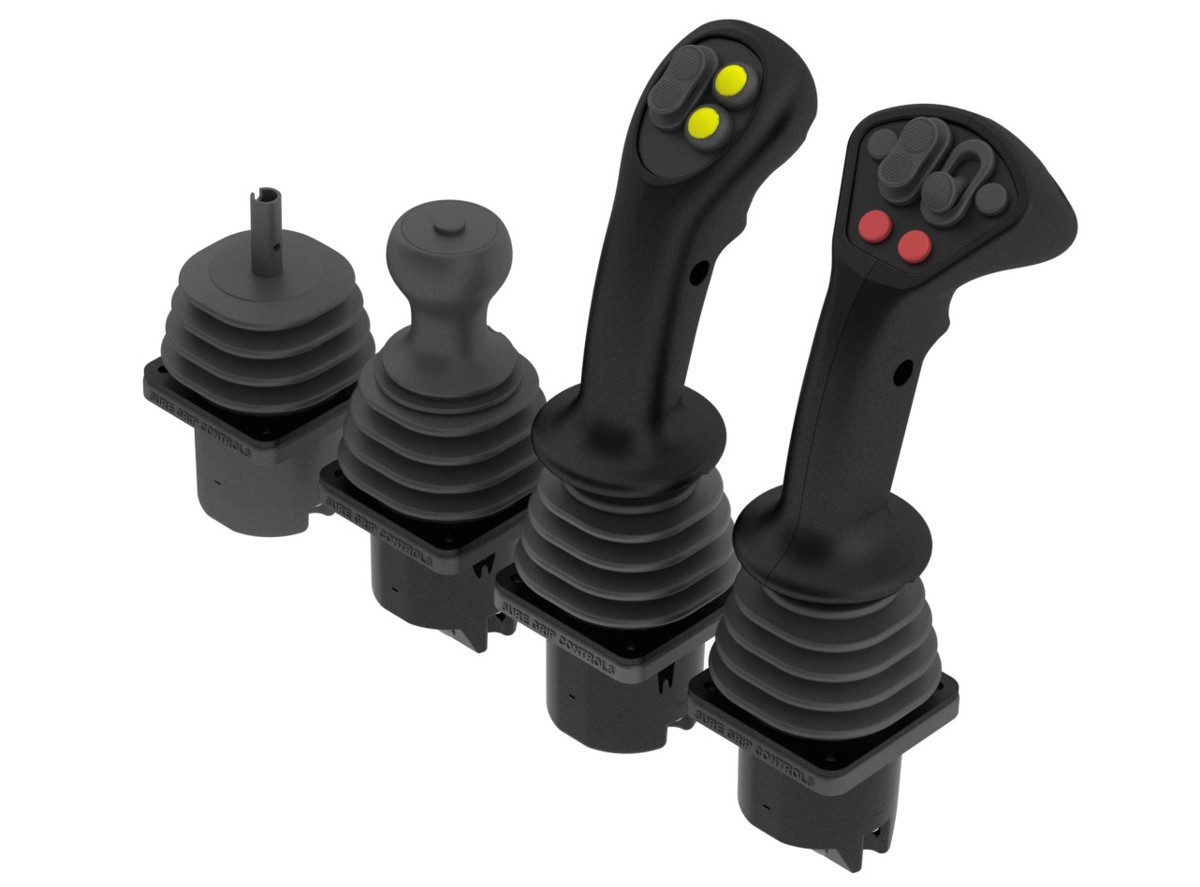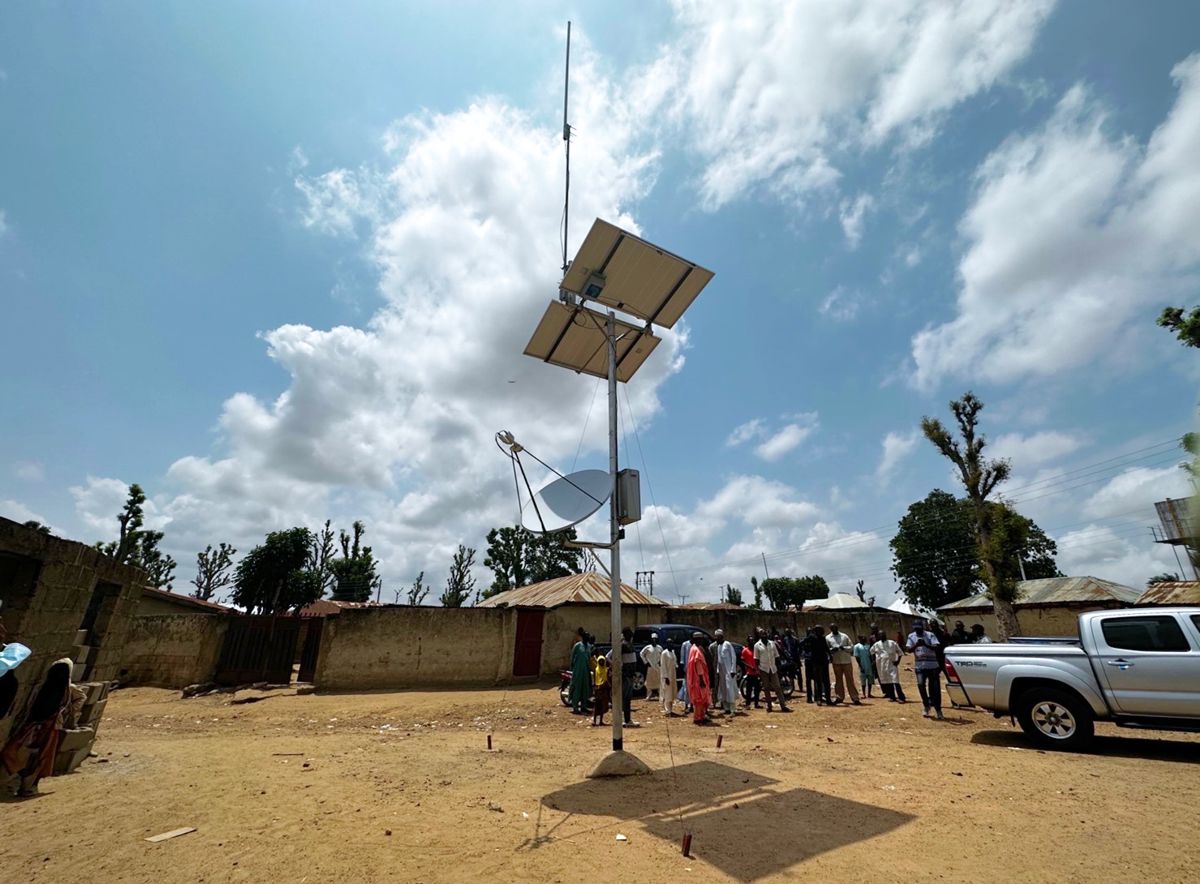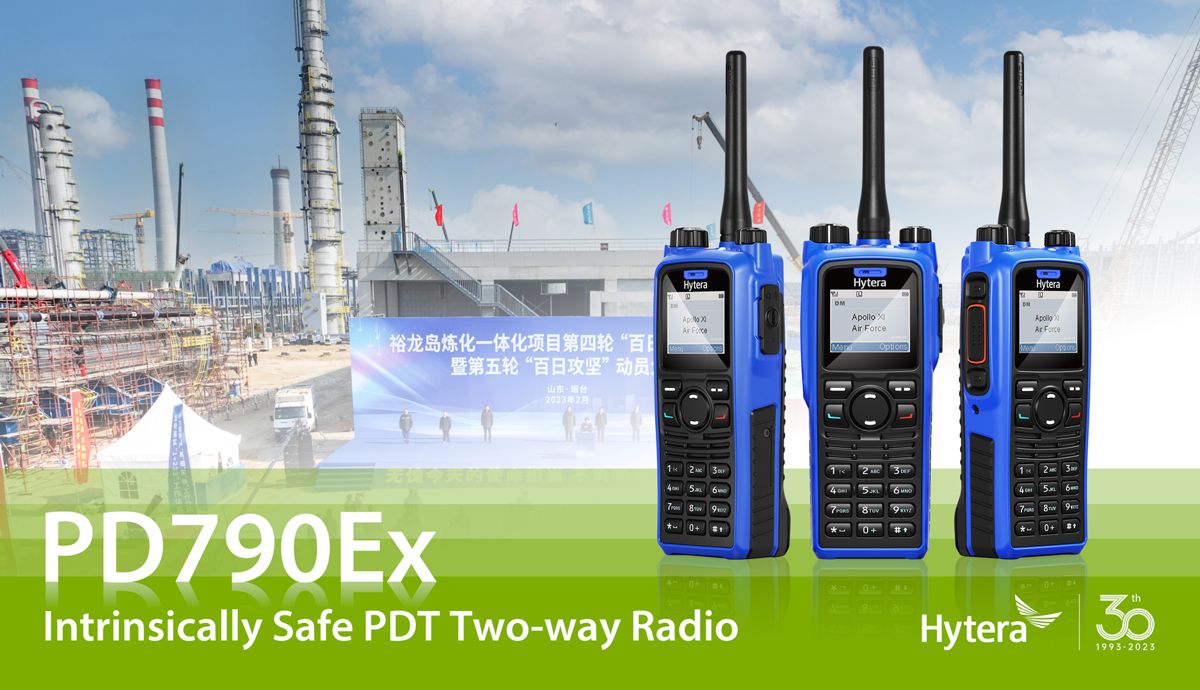Can we beat traffic congestion with technology?
A new INRIX report was released last week that analysed and ranked the impact of traffic congestion worldwide in 2017. The report ranked the UK in the top ten of most congested countries and in the top three in Europe, beaten only by Russia and Turkey. 111 cities and towns in the UK were analysed and perhaps unsurprisingly London, Manchester and Birmingham lead the way in terms of the most hours drivers spend in congestion.
Interestingly Scottish cities have made significant improvements from 2016 with Aberdeen, Glasgow and Edinburgh reducing peak hours in congestion by 20%, 15% and 10% respectively. Whilst the report itself does not go into the detail of how or why these cities have improved, it does use average speed as a measure of congestion. Clearview believe that greater attention should be paid to measuring and publishing live journey times across the UK, which benefits the road user, the environment and public.
Why monitoring journey times matters
Reducing congestion features prominently in Clearview’s vision – to help people make better journeys.
One of the opportunities in combating congestion is to increase the monitoring of journey times. As validated in the INRIX report, if journey times can be measured before and after road changes or improvements, then operators will have the data to show if there is a positive return on their investment.
Road operators can also use live data to post journey times across various feeds such as websites, apps and variable message signs (VMS). Providing road users with traffic information across the widest possible spread of channels gives them the power to make decisions over journey routes. This can help spread the traffic density across the network, reducing journey times, congestion and pollution.
As an example, Clearview’s work with Amey in Scotland helping them to monitor journey times across key strategic routes. In all they monitored over 300 journey ‘spans’. These spans are simple A to B points on the road networks that when put together can provide complete journey time data across strategic routes. This is a good way of measuring traffic flows whilst also accounting for the variability of using different routes to an end destination.
This data feeds into Transport Scotland’s traffic monitoring centre. Here the data is used to monitor incidents, plan the effects of future road closures and provide information to road users via VMS on the roadside.
There are numerous ways in which journey time data can be gathered. We favour crowd sourced data and Bluetooth devices. Crowd sourced data is especially useful for temporary or short-term monitoring around roadworks or improvement schemes as it does not require kit to be placed into the road network.
What is needed for any solution is an interface to receive and interpret the data available. Clearview’s Insight® software platform has been designed to do this. It can provide feeds for both permanent and temporary traffic monitoring. The data feed from Insight can be sent to existing traffic monitoring systems or be set up to feed specific roadside signs.
As technology continues to develop, traffic flows and journey times are getting easier to monitor. This means quicker and more effective congestion solutions.





